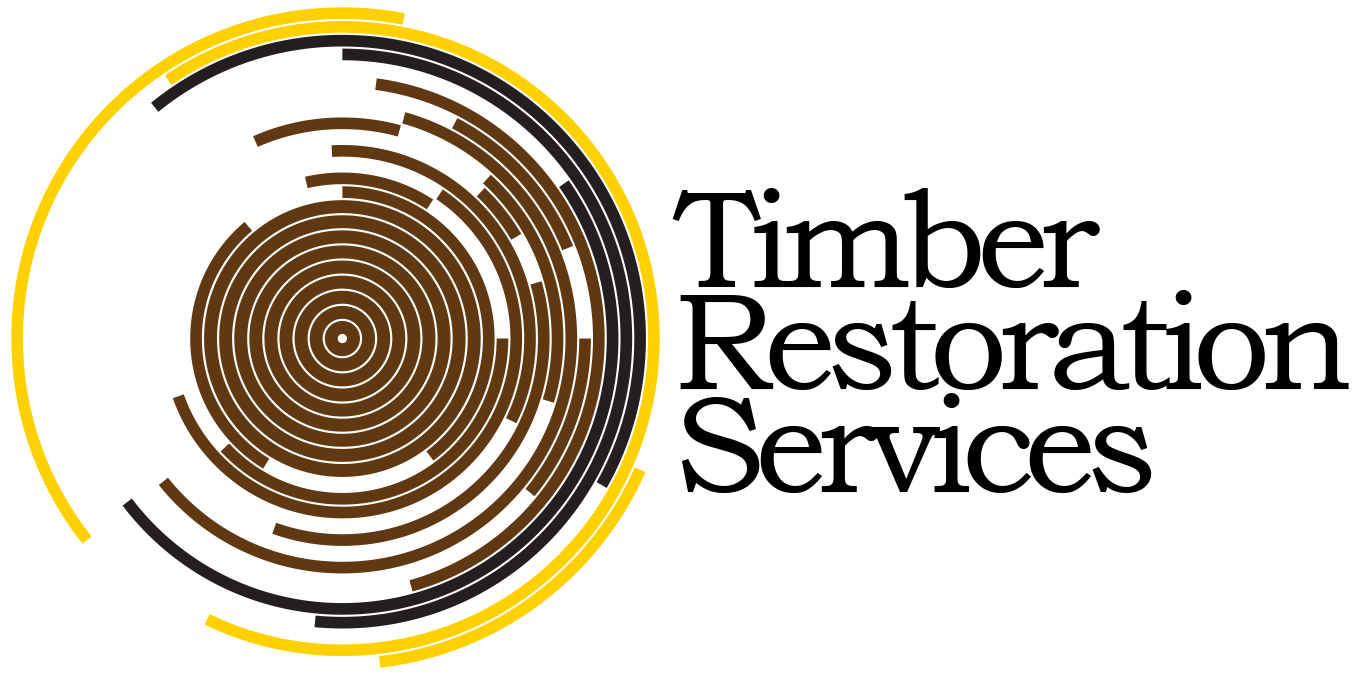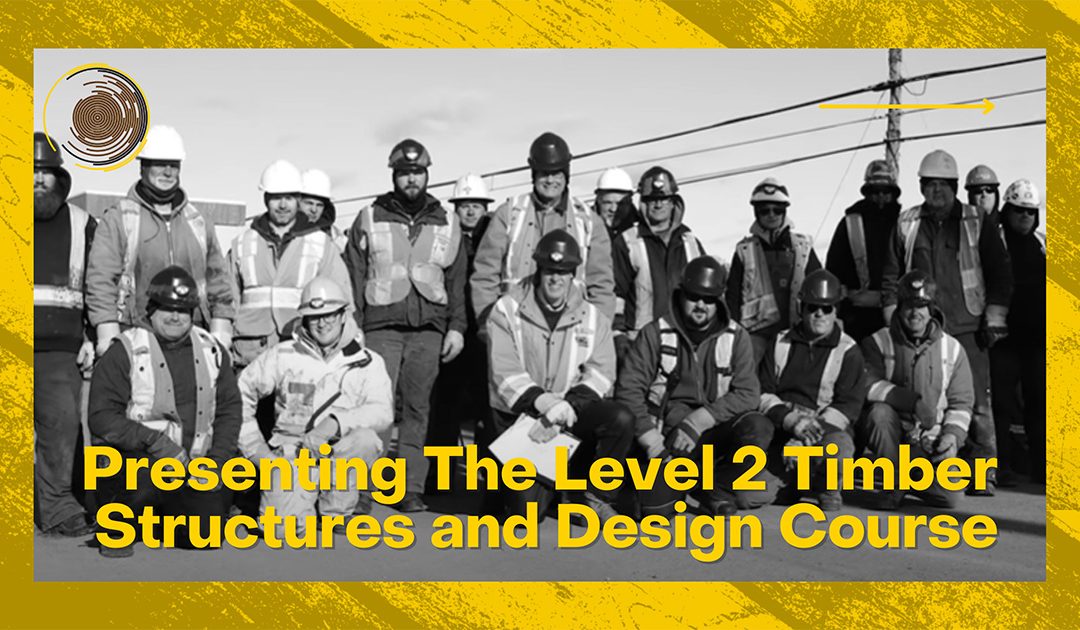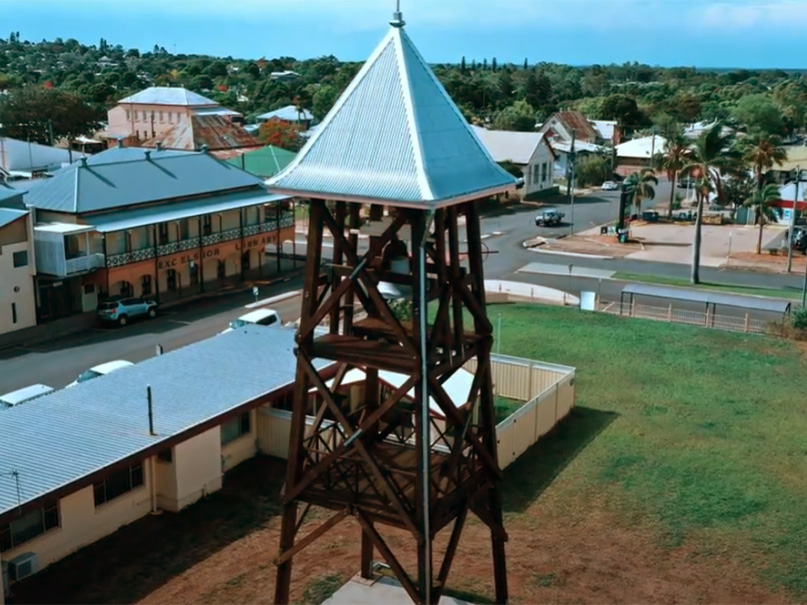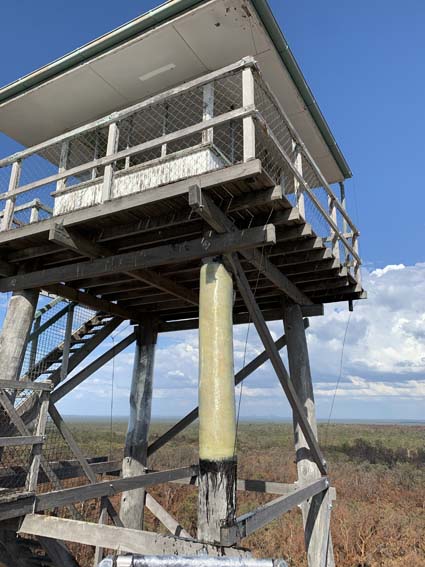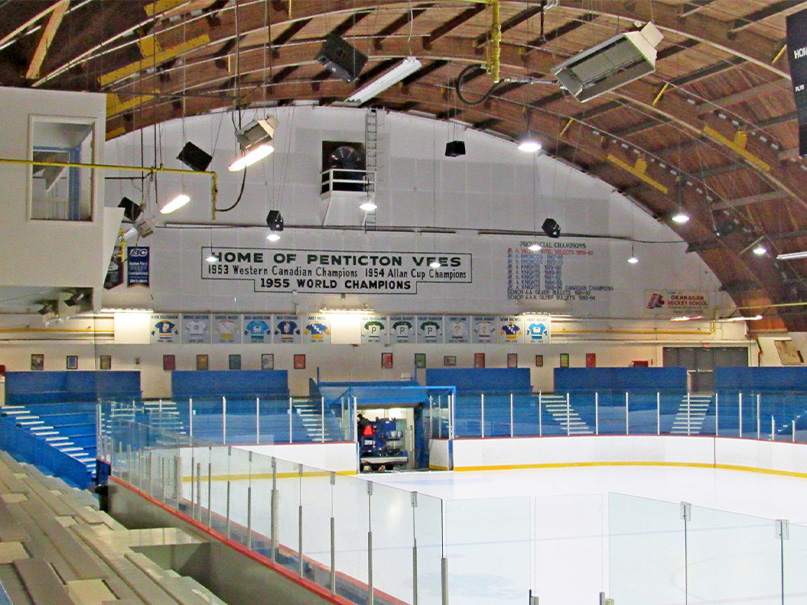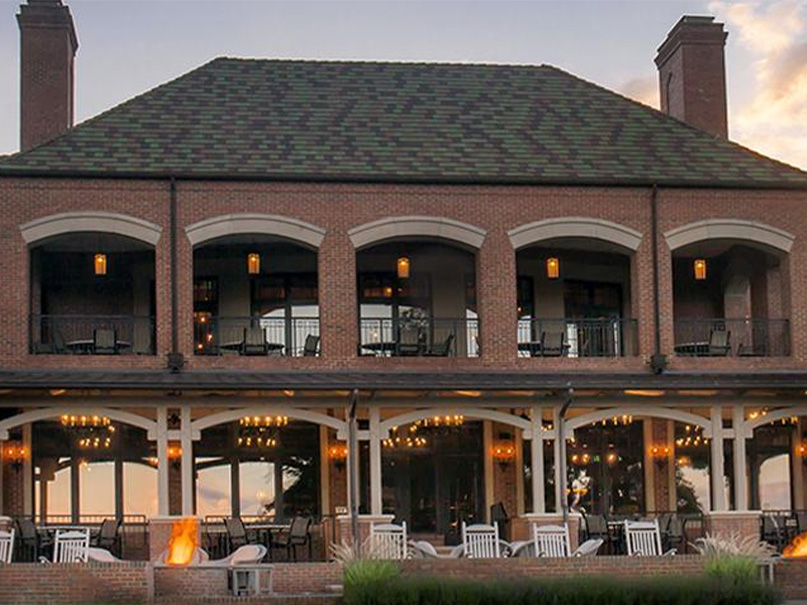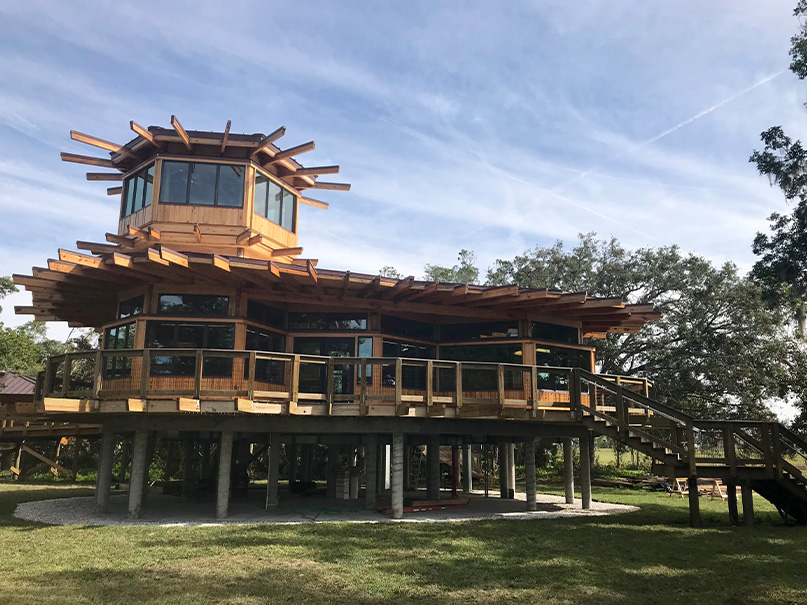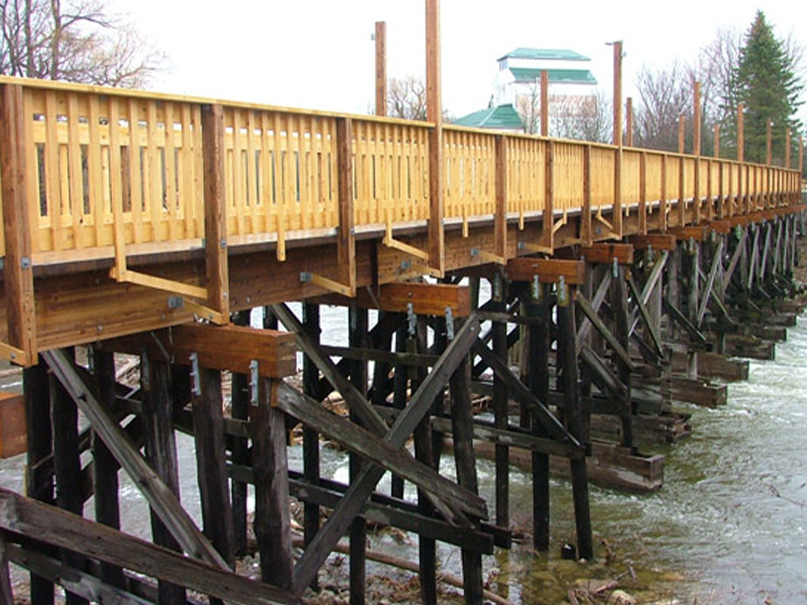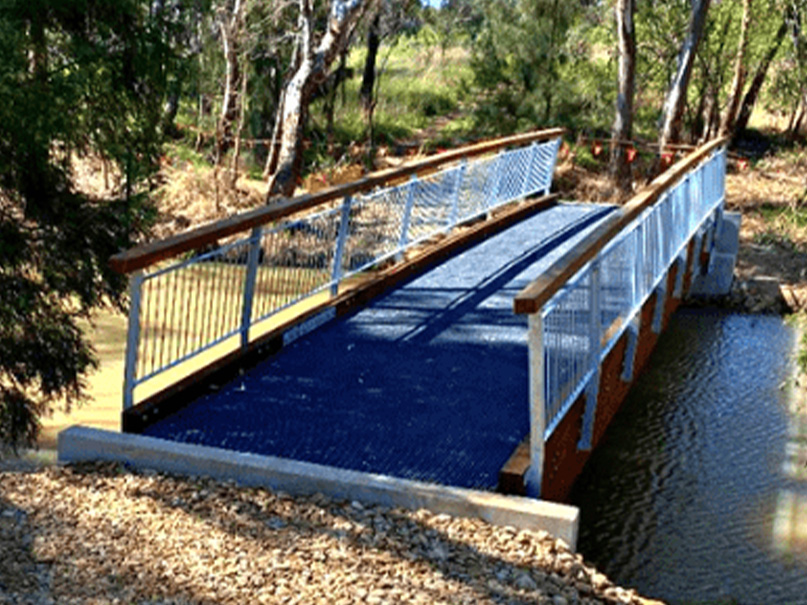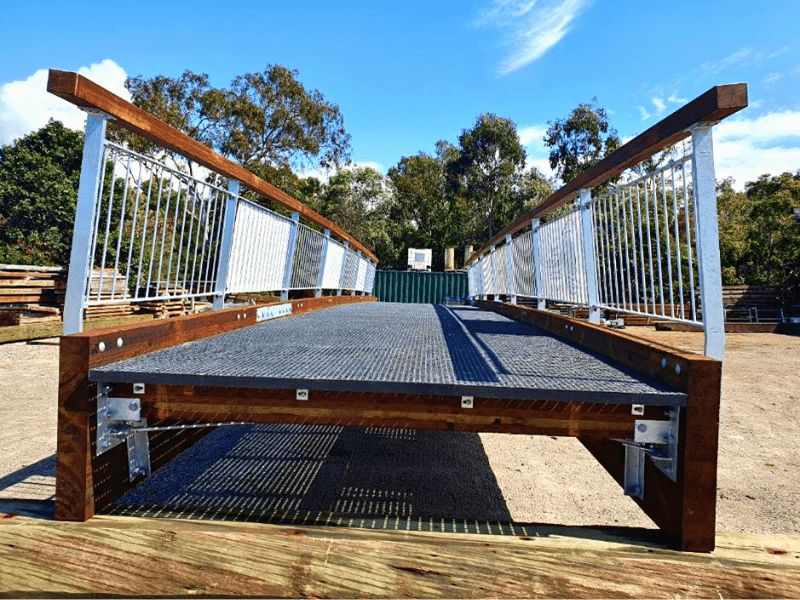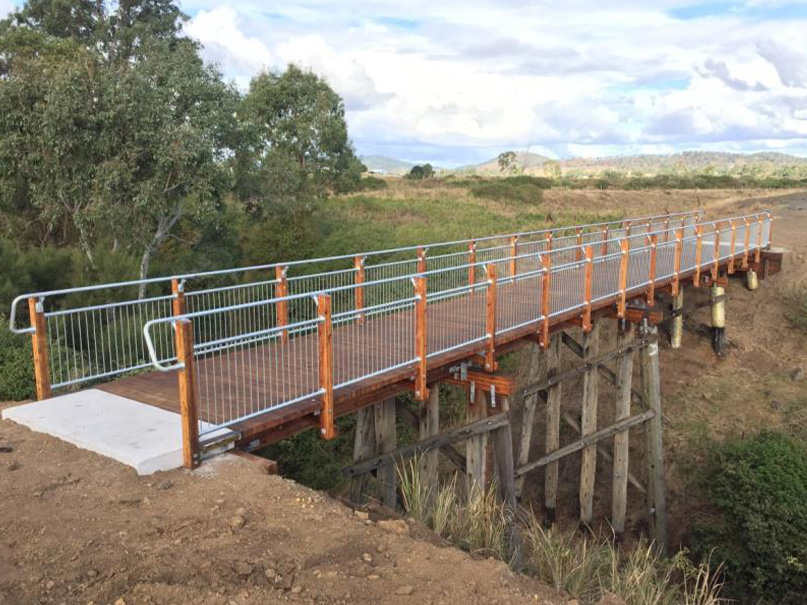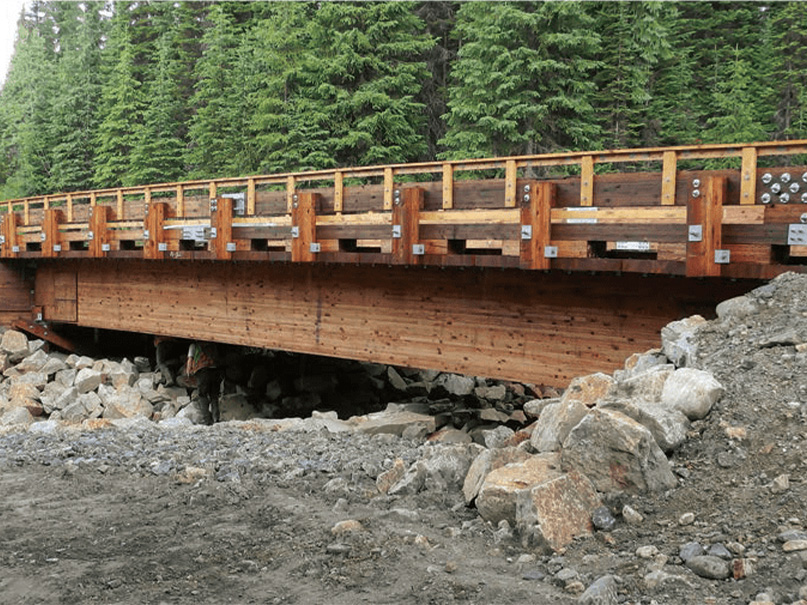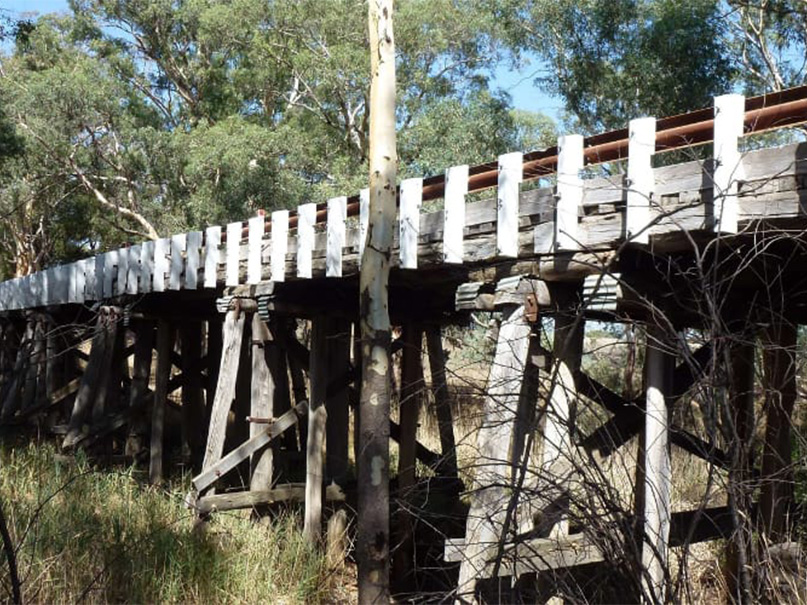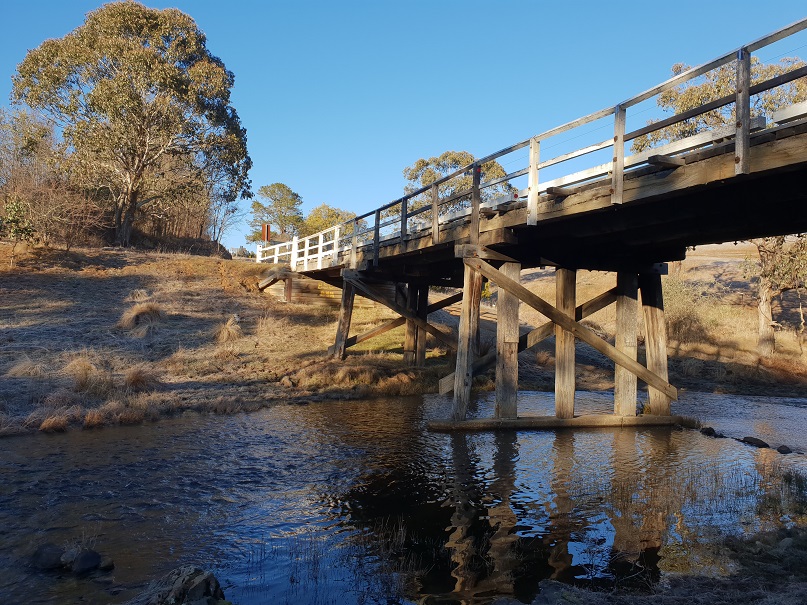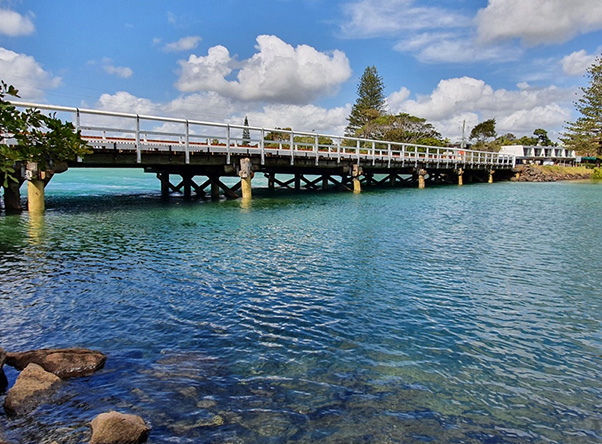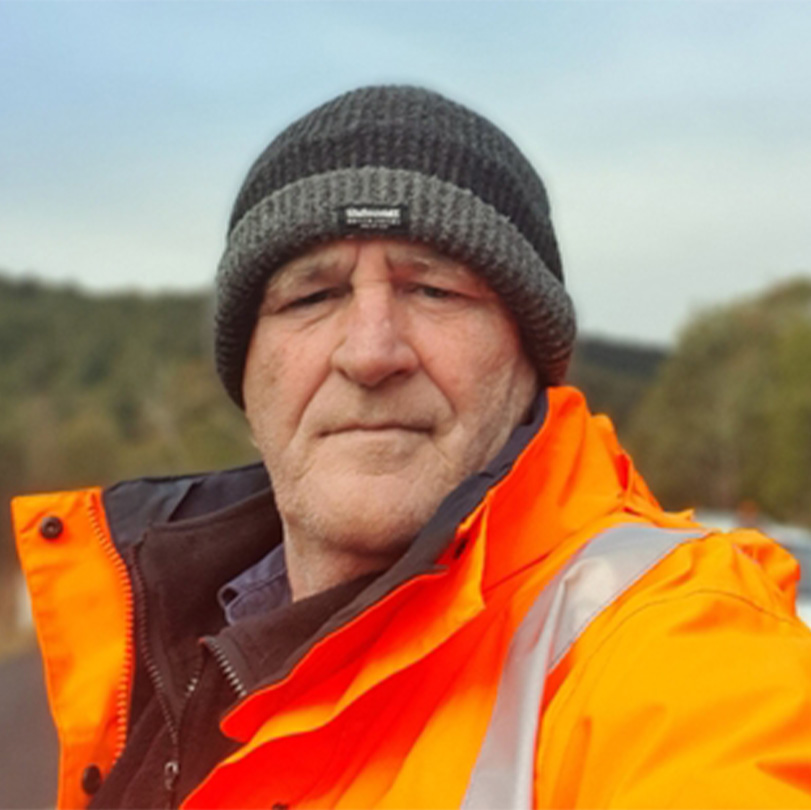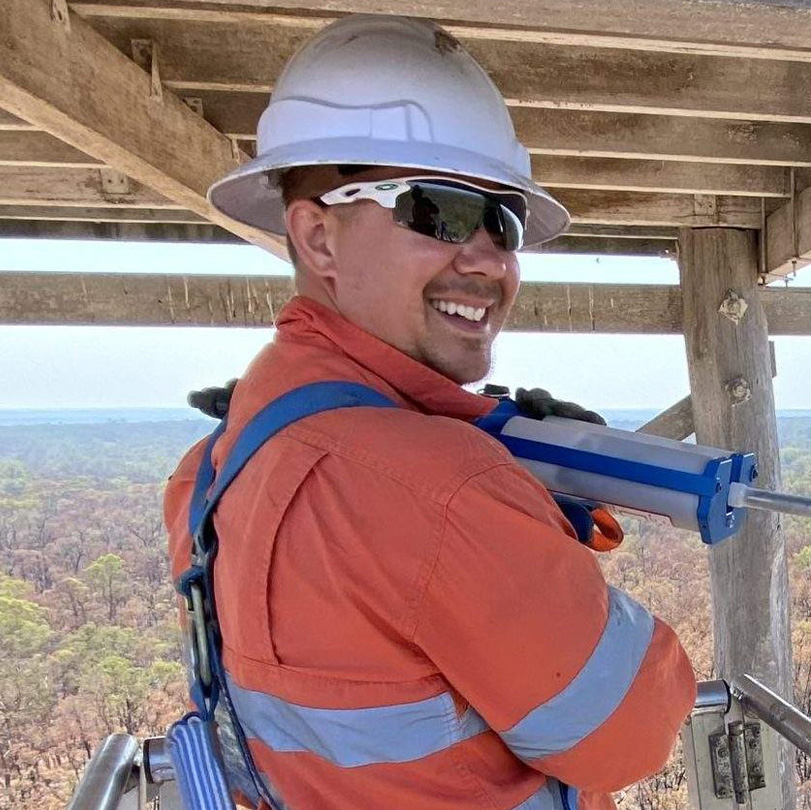TRS is happy to announce that we will be presenting the level 2 Timber Structures and Design Course in partnership with Wood Research and Development. Award-winning, Dr. Dan Tingley of WRD will be hosting the course for both the seminar portion and the practical.
Course Goals
The course is designed to equip participants with the knowledge and understanding of the consequences of a structural failure, and how to identify potential risks in timber structures. Participants will learn how to assess damage/defects, recognize deficiencies, and devise effective maintenance strategies for long-term durability and safety. They’ll also be taught the fundamentals of timber design and retrofitting to increase the existing structure’s strength, stability, and performance.
Benefits of the Course
This course is the perfect opportunity to learn from industry experts and gain a total understanding of timber structures and design. Using the latest in woodworking technology, participants will gain hands-on experience in working with timber and an understanding of how design concepts can be integrated into their projects. With this knowledge, they will be able to better build structures that are structurally sound and aesthetically pleasing.
Additionally, participants will have the chance to work on projects with Dr. Tingley and receive feedback from him throughout the course. He will share his experience and insights on timber structures and design, which will be invaluable for participants looking to take their skills to the next level.
Details about the course
The level 2 timber structures and design course will feature a virtual 8-block seminar and an optional in-field practical portion.
During the course, participants will also learn more about glulam development and in-situ design methodology. Glulams are a form of engineered wood products made up of multiple layers of glued laminations. This type of timber structure is popular for its strength and flexibility, making it ideal for a range of applications. The in-situ design methodology is an integral part of timber structures, and this course will cover how to implement and optimize it for a variety of projects.
Don’t miss this exciting opportunity to learn from an industry leader! Sign up
Course Breakdown
Overview
BLOCK 1 (4 HOURS) 10-minute break every 50 minutes
Welcome and Participant Introductions
Introduction to Reinforced Glulam:
- Background to the concept
- Origins of development
FiRP® Glulam Development:
- Composite Engineering
- Laboratory testing and evaluation
- Advantages and manufacture
FiRP® Glulam Design Methodology:
- Code submittal Justification
BLOCK 2 (4 HOURS) 10-minute break every 50 minutes
FiRP® Compression-based Design Model:
FiRP® Glulam ICBO:
- ER 5100
Question and Answers – Block 1 and 2 Test
BLOCK 3 (4 HOURS) 10-minute break every 50 minutes
Review and Test Results
FiRP® Glulam Performance Approach:
- Benefits
FiRP® Glulam Case Study:
- 1. Simple beams, Stock beams, and Custom beams
FiRP® Glulam Case Study:
- 2. Panelized Roof Systems
BLOCK 4 (4 HOURS) 10-minute break every 50 minutes
FiRP® Glulam Case Study:
- 3. Vehicular Bridges
FiRP® Glulam Case Study:
- 4. Curved and Truss Members
Closing remarks and question and answers – Block 3 and 4 Test
BLOCK 5 (4 HOURS) 10-minute break every 50 minutes
Review and Test Results
Introduction to In-Situ Reinforcement and Restoration
- Background to the concept;
- Origins of development
FiRP® In-Situ Design Methodology:
- Code submittal justification
- Composite section engineering
FiRP® Compression-based Design Model:
- Composite element analysis for in-situ sections
- Effective length or area
FiRP® In-Situ Elements:
- ASTM Standards
- ER5100
BLOCK 6 (4 HOURS) 10-minute break every 50 minutes
iRP® Retrofit Case Study:
- 1. Glulam roof structure restoration
FiRP® Retrofit Case Study:
- 2. Sub-floor system restoration
Questions and Answers – Block 5 and 6 Test
BLOCK 7 (4 HOURS) 10-minute break every 50 minutes
Review and Test Results
Glass Fibre Wraps for Poles, Piles, and Piers:
- Upgrade design capacity
- Applications
FiRP® Retrofit Case Study:
- 3. Vehicle Bridges
In-situ round log girders and pile retrofit
- In-sit cross-head retrofit
BLOCK 8 (4 HOURS) 10-minute break every 50 minutes
FiRP® Retrofit Case Study:
- 4. Heritage and historically significant structures
Course Review, Questions and Answers – Block 7 and 8 Test
Day 1 of practical
- Tour of old timber bridge or timber building and partial inspection utilizing advanced NDT equipment—SWT, resistograph, moisture meter, core sampler, moisture meter, hygrometer, distometer, and other important inspection tools.
- Preparation of inspection reports with Level II technician, one technician per two-person team.
- Interpretation and development of restoration and greenfield working drawings.
- Inspect beams, one per two-person team to be loaded to failure after inspection.
- Take high magnification 70X microscope photos tangential and radial for each two-person team.
- Shear block testing per two-person team.
Day 2 of practical
- Cyclic delamination sample testing of glulam samples, per two-person team.
- Breaking beam for each two-person team.
- Retrofit of the beam after breaking.
- Inspection of the pile. Retrofit of the pile with high-strength fibre wraps
Day 3 of practical
- Report development on team test beam and wrapped pile.
- Load to failure of the reinforced beam by two-person teams.
- Results of post-retrofit testing by sectioning.
- Inspection under the microscope of slices of wrapped piles for each team, while coursework continues.
- Preparation of inspection reports with Level II technician, one technician per two-person team to include all test results.
- Students discuss a project of their choice 10 minutes for each student
- Question and Answers about the course
ORAL EXAMS 20 MINUTES EACH
No final written exam for Maintenance and Restoration Students
Teaching hours for theory only = 16 hours
Teaching hours for the full course (theory & practical) = 32 hours
Testimonials
Here are some great things that past students have said about attending a timber structure course and their learning experience.
“Before attending this course, I had received bad news on our timber bridges. Every inspection gave more problems than solutions, suggesting that on most bridges further inspections and major works were required, or, that they were beyond repair and should be replaced. This was coupled with, timber costs increasing rapidly and the costs of the conventional replacement being unaffordable to the community. Attending this course has opened my eyes to many of the reasons for the short life span of our timber bridge components, provided an understanding of what is required to extend their lives, and given hope for the restoration of timber bridges that had already been written off.”
– DAVID GOODMAN – MANAGER CIVIL WORKS
“During this course, I learned about common defects and wood deterioration mechanisms, good and bad maintenance practices, and non-destructive testing and strengthening methods. I particularly enjoyed the hands-on part of the training where we used all the testing equipment in the field during the bridge inspection. The training was well organized and Dr.Tingley was very knowledgeable and happy to answer all questions we had. The course was a great opportunity for meeting other professionals and networking. I would recommend it to anyone who works with timber bridges.”
–YVONNE ULAS – STRUCTURE ASSESSMENT ENGINEER
Registration
We look forward to hosting you all on January 18th, 2021! If you have any questions or would like to register for the course, please click here. Registration for the course is open. Further information regarding how to register can be found on the WRD website. We look forward to seeing you at this enlightening event!
